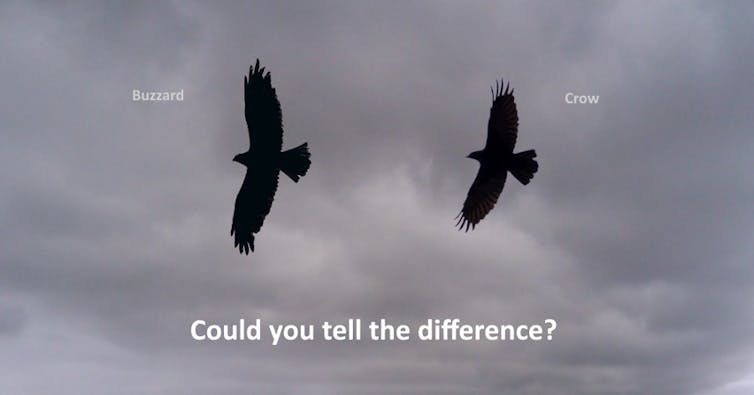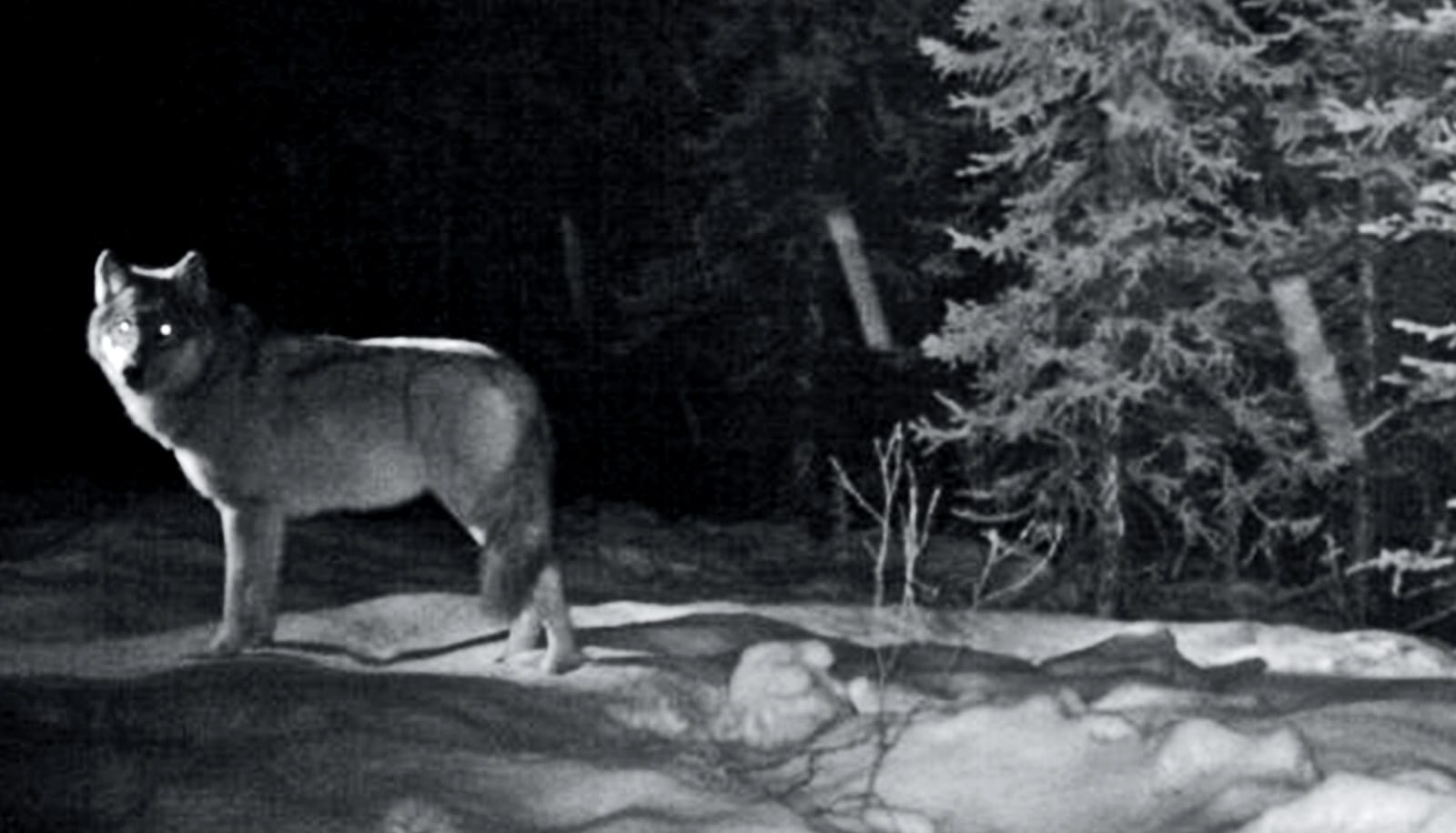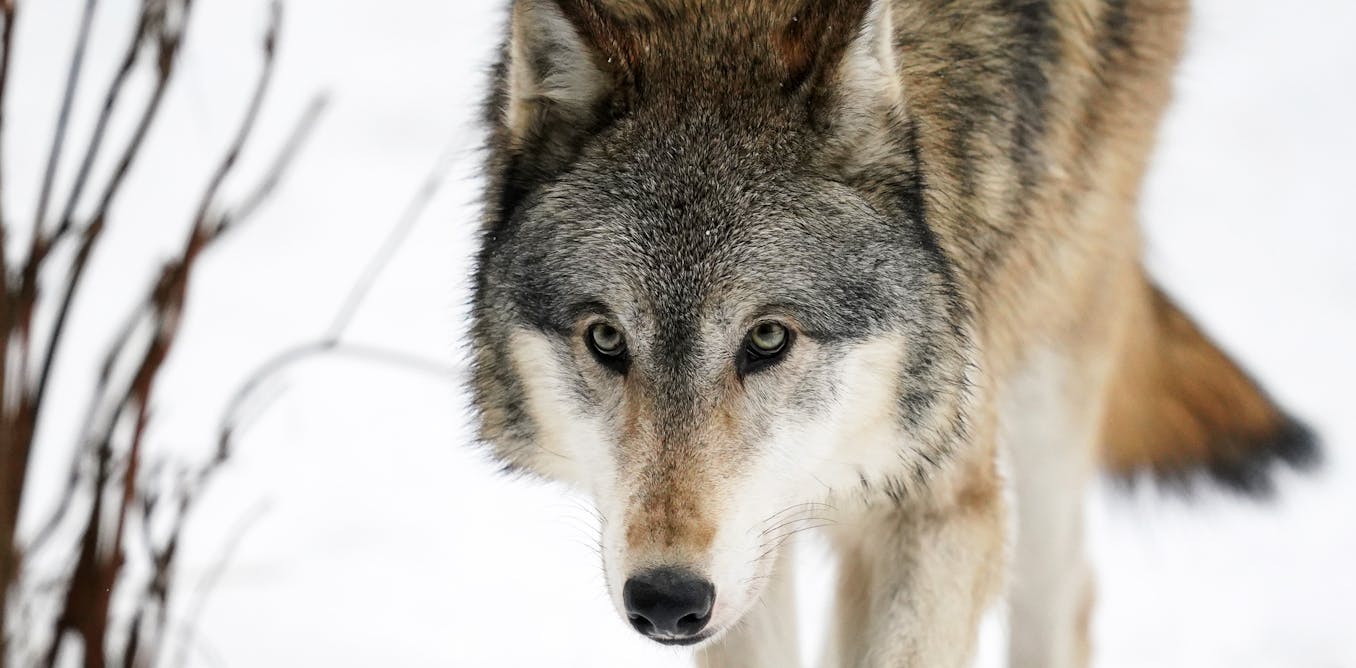Why prey animals often see threats where there are none – and how it costs them
False alarms are common in prey animals, but what causes them and how can they be avoided?
March 2, 2023 • 7 min • Source
For a nervous horror fan, an evening watching HBO’s hit post-apocalyptic television show The Last of Us might be followed by a restless night under the duvet. The silhouette of a coat slung over the back of a chair or even the screeching of a cat in the garden will cause a spike of adrenaline.
Animals are primed to be wary through natural selection rather than scary television shows, but like humans, they often make mistakes when watching out for threats.
Identifying stealthy predators is already a difficult task. From the perspective of a songbird, a harmless crow flying overhead may look similar to a raptor. But predator identification is made more challenging by the fact that prey animals often juggle multiple activities like foraging, keeping an eye on competitors and courting mates, all at the same time.

This can be made easier by working as a group. Members of a school of fish, flock of birds or herd of antelope can share the task of watching out for predators. When an animal detects a predator, they share this information with other group members directly, by producing a warning, or inadvertently, by preparing to flee. The group as whole can then respond by fleeing, hiding or adopting a defensive position.
But this information is not always reliable. Over half of the anti-predator responses of greylag geese flocks occur when no predator is nearby.
The false alarm rate for South America’s Guianan cock-of-the-rock birds exceeds 70%. And more than three quarters of the responses of semipalmated sandpipers and willow tits arise due to the misidentification of harmless stimuli as predators.
These mistakes can be costly in terms of lost foraging and resting time and wasted energy. But what causes these false alarms and how can animals avoid them?
The likelihood of a false alarm
In a recent article, we reviewed research on predator misidentification and found that false alarms are common throughout the animal kingdom. We found that the propensity for animals to produce false alarms varies depending on three main factors:
how clear the predator cues are
the vulnerability of prey to predation
the cost of performing alarm or escape behaviour.
When predators are harder to identify, perhaps because they are well camouflaged, an animal may be more likely to mistake unrelated sounds or movements for a predator. Research found that bumblebees were more likely to produce false alarms having previously been exposed to highly camouflaged goldenrod crab spiders than bees that were unaccustomed to them.
Some species are instead simply more vulnerable to predators than others. This can be because they are not fast enough to escape a close encounter or not equipped to fight a predator off. For these species, ignoring a true alarm is more likely to result in death, so it may be beneficial to follow a “better-safe-than-sorry” principle and pay the cost of being occasionally wrong.
Willow tits produce alarm calls in response to most large aerial objects including planes and crows. This is because they are typically hunted in ambush attacks in which they are unlikely to escape. So the costs of alarm calling at a few planes becomes dwarfed by the threat of being killed in an attack.
In some circumstances, the cost of fleeing unnecessarily is higher and an animal may require more certainty about the risk posed by a potential threat before taking evasive action.
Semipalmated sandpipers can double their body mass during staging (where birds stock up on resources before migrating), which means that flight will require substantially more energy. False alarms were found to be less common later in staging when body mass was higher and escape flights were more costly.

Who should be trusted?
False alarms raise a dilemma for animals that live in groups.
If they respond to potential threats too often, they waste energy and the opportunity to perform other activities crucial to their survival. Greylag geese, for example, lose 19 minutes of foraging time on average during a false alarm. With multiple false alarms each day, this time adds up to a substantial loss of food.
But if animals ignore ambiguous cues too often, they risk a true predator attack and could be killed. Animals therefore employ a range of strategies to prevent the spread of false information through their groups.
In some species of rodent, corvid and primate, animals will remember which individuals have been unreliable in the past and will stop responding to their alarms.
In 1988, researchers played two different calls made by the same unreliable signaller to a group of vervet monkeys. The monkeys, who had learned to ignore one type of call made by the unreliable signaller, also ignored an acoustically different call made by the same individual.

Many species also use a strategy called consensus decision making. If only one group mate raises an alarm, it is more likely to be false than if multiple members raise the same alarm. In this case, the group will take evasive action only if a certain number of group members respond to the information.
Groups of common redshanks, a wading bird found in the UK and Europe, will respond immediately if multiple birds produce an escape flight simultaneously. But when only a single bird makes an escape flight, other group members will first scan the environment to assess the validity of the alarm before acting.
Responses to threats, real or imagined, have an impact on the survival of prey species. But the balancing act of separating true from false alarms clearly influences how animals weigh up and respond to information from their group mates.
Mike Webster works for the University of St Andrews. He receives funding from various academic and research organisations.
Leah Gray does not work for, consult, own shares in or receive funding from any company or organisation that would benefit from this article, and has disclosed no relevant affiliations beyond their academic appointment.


